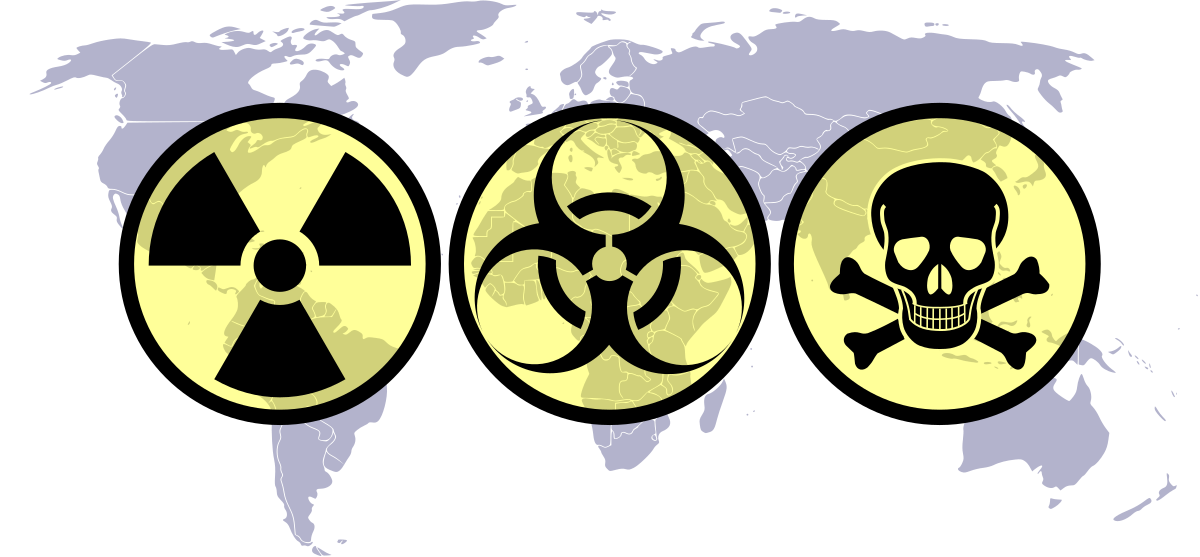Re: WE177C
alertken said:
this for
brian: your site has WE177C as comprising
Cirene variant of the standard UK-solo Primary (itself as
Cleo/WE177A and
Jenny for Polaris A3), plus a c.200kT variant of
Reggie Secondary (itself a variant of RN's Polaris A3 warhead). You have it as built from the 3rd. warhead displaced from each
SSBN by the
Chevaline programme, and thus WE177C production was constrained to (16x4

64 rounds. But the timing is wrong.
Chevaline at sea from Oct.,'82: WE177C deployed 1975.
On the face of it that appears logical. However, it's more complex than that. The RN originally planned enough warheads and missiles for 5 boatloads, at a time when a 5th sub might, just might, have been approved. Eventually only four subs were built, but there were more warheads/missiles built than were ever deployed at sea. The Navy maintained enough for 4 tactical outloads for four subs, because they forsaw a situation where (if rising tension had given them some months warning) three subs could be got to sea; and ... if the fourth boat were not actually in pieces in the dockyard .... it might be ... was ... possible to get it to sea with a scratch crew. In that situation they'd require four tactical outloads plus the usual spares margin, plus the usual margin for warheads in the servicing and supply chain. I don't have a figure for Polaris A3T, however the figures released recently by the 2010 coalition govt for Trident are a pretty good illustration. 165 warheads operationally available (73%) and under naval control, plus a further 60 (27%) for warheads operationally available as spares and those warheads in the servicing and supply chain. 225 in total. It's unlikely that (proportionally) Polaris numbers were very different.
That 4-boat + spares policy continued largely un-noticed by others for some years until serious planning started for Chevaline, when it was discovered that there was to be a serious shortage of fissile material. The Navy then commissioned a staff study that concluded that the 4-boat policy was no longer realistic in the light of actual operating history. The study recommended that the Navy should adopt a 3-boat policy that was then approved.
The tactical outload spares (under naval control) and the warheads in the (civilian controlled) servicing and supply chain were also reassessed. The result was that 60 warheads could be released by the Navy for breaking and recovery of fissile material. Of that 60 there were 60 Jennie primaries that were dismantled, and 60 Reggie secondaries that were reused, two-thirds as the secondaries in Chevaline, married to a new-build, new primary design. Some were transferred to use as the secondary in WE.177C.
There is no hard evidence anywhere as yet, although it is thought that these recycled secondaries were then known as Circene. There were also further quantities of new-build WE.177C, both secondaries and primaries.
We do know with certainty, that some existing WE.177A warheads were refurbished and reused as the primaries in WE.177C. Others working in this area of WE.177 history are convinced that existing and undelivered RAF orders for WE.177A were converted into orders for WE.177C. I'd again recommend the recent book by Richard Moore referred to in an earlier post. ISBN 978-0-230-23067-5. There is also a forthcoming book
British Nuclear Weapons and the Test Ban 1954-1973: by John R.Walker. Don't know publication date yet or ISBN.
Back to Chevaline again. The fissile material shortage was acute. So serious that when Margaret Thatcher took office, declassified files show that she did a deal with US Pres Jimmy Carter to 'borrow' plutonium from US stocks in order to complete Chevaline on schedule. Presumably because UK Pu production was too slow, and because recycling more Polaris warheads would degrade operational numbers further. It seems that although sales of fissile material were prohibited by the Non-Proliferation Treaty, LOANS were not. Presumably the loan was repaid as UK production rose again.
I'll try to find some time to dig out the archives refs for the 4-boat to 3-boat study and others from my own files.
I hope that answers your question. You've lost me on the rest.
BTW. Final approval to go the distance with Chevaline was given by Roy Mason in 1975. It wasn't ready to deploy until '82.

